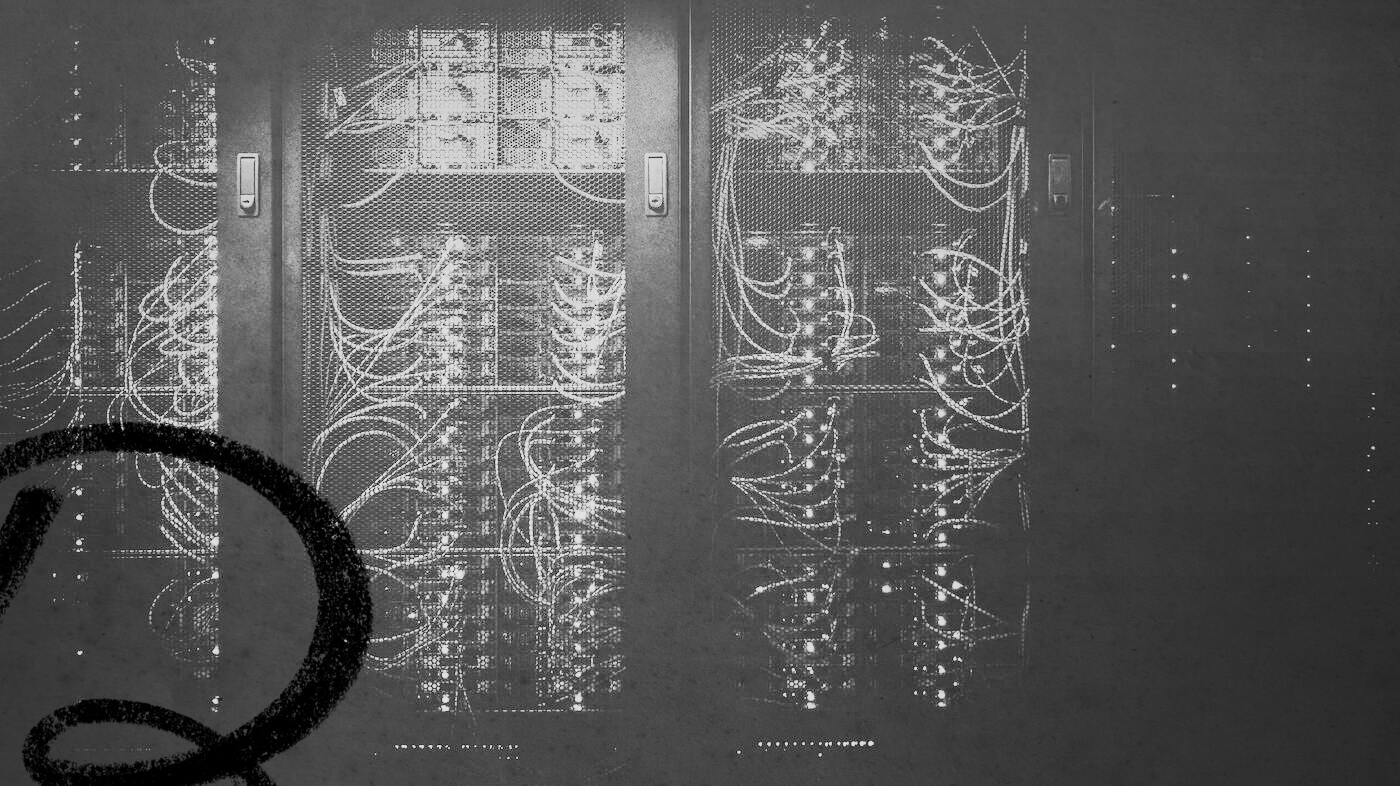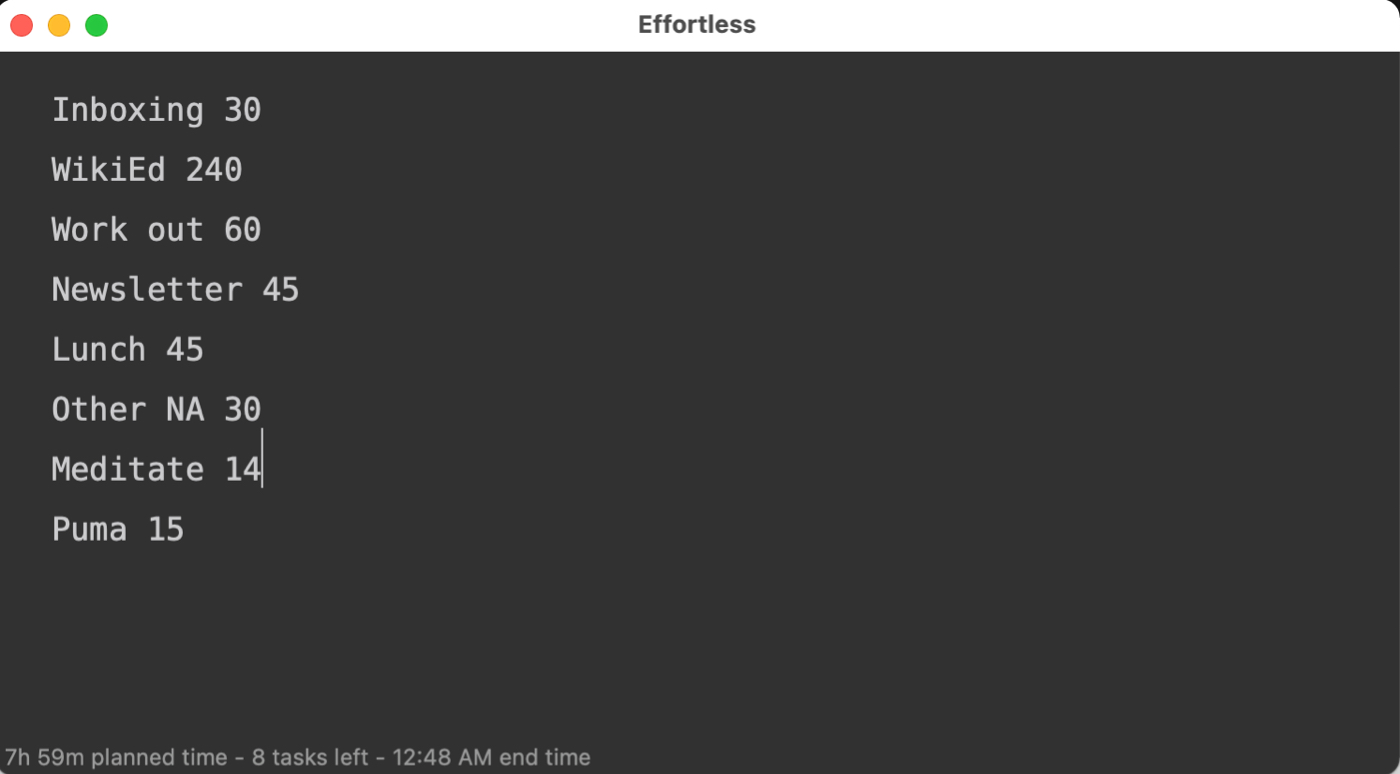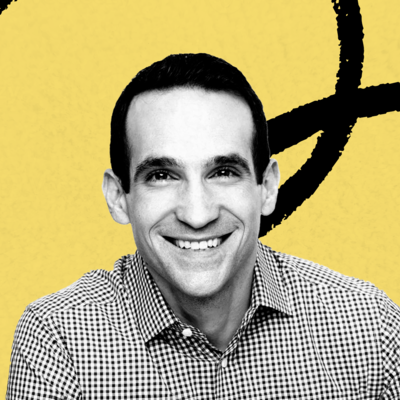
Welcome back to Action Items, a series in which we condense and extend interviews with interesting people into actionable bullet points—only for paid subscribers.
When we think about high performance, we usually think about machines.
You know, like race cars. Or fighter jets. Or maybe a rack of servers pulsing green and blue, the heartbeat of the internet flowing through their circuits at millions of operations per second.
Servers never sleep. They never take a day off. And neither does the software that runs on them. It powers every website we use, and it's optimized so that every box is checked, and every best practice is implemented. It's constantly being monitored to make sure every last bit of performance is being squeezed out of it.
It’s a good reflection of how we sometimes see ourselves. We design ourselves to serve units of work at the highest speed possible, with the lowest latency and the biggest throughput. And we try to tune ourselves to match.
Now, if we're going to tune ourselves in this way we should probably ask ourselves the question: is this actually how software works? Is the software that sits on servers really hyperoptimized like this? Are best practices always implemented in every situation? Is every bit of performance consistently being squeezed out?
My friend Nate Berkopec doesn’t think so. He runs the software performance company Speedshop, and the way he thinks about optimizing is not at all like this.
The main thing he avoids? Optimization for its own sake. Nate’s not trying to squeeze very last bit of performance out of every system he touches. Instead, he’s constantly asking himself, What is the bar for performance of this system? Then he makes the lowest effort changes with the maximum possible impact to meet the bar. When it’s met, he forgets about that part of the system.
It turns out that for Nate thoughtfully optimizing software has taught him a lot about the right way to optimize himself.
Productivity for its own sake, is “driven by anxiety,” he told me. “Someone in a position of authority says, Thing X is good. So therefore we think, I should be doing thing X. But the question is never asked, Does thing X help me do what I like? Or, Is X thing required to accomplish my goal?"
In short, for someone who’s derived his productivity lessons from working with machines, his system is remarkably human.
So how does Nate stay on top of his own performance? Let’s dive in!
Today’s Action Item is 900 words, that’s 4 minutes and 30 seconds of actionable reading.
🌈 GTD, the Nate Berkopec way
Nate says he never feels task despair—that paralyzing sensation that there is so much to do and no clear starting place or plan to accomplish it all—largely due to his well structured GTD system. “Maybe this is related to the fact that my productivity systems are so low effort,” he said. “[it] isn't that complicated, but I've never stopped doing it. I don't feel a burden from having to keep this system up.”
The real key is setting it up so that at every moment he knows what task comes next, and each task is scoped so that he always knows how to get started. He designs days so thoroughly he doesn’t have to make many decisions.
- He sits down at 7am and opens all of his inboxes: email, calendar, Basecamp, Slack, Voice Notes, and a desktop folder he set up for this purpose.
- He does this automatically with one button press through a script he wrote in Automator that brings them all up at once as tabs in his browser.
- He clears each inbox one by one by consolidating each item into Todoist, and then closing the tab.
- He ends up with a list of about 10-15 items.
- Work and personal tasks live together in the same system.
- He then goes through the master list and adds actionable steps, spelled out as specifically as possible.
- He uses a priority ranking system loosely—items that need to be completed on a schedule are marked with dates rather than priority codes. Something he wants to complete sooner rather than later, but with no specific deadline attached gets labeled P2; a task that is not urgent, but could be done anytime he labels P3.
- He estimates how long each item will take to complete and schedules the day in Effortless, a time-keeping task app.
- Time limits help him stick with deep creative work that is really taxing. It’s far easier for him to do something hard for 30 minutes, with the option to keep going, than to set an outcome-based goal like writing 500 words (very much a Nir Eyal-approved strategy for engaging with challenging work).
🗂 A stripped down Zettelkasten
Nate keeps a Zettelkasten to take notes on everything in his work and personal life. But he doesn’t use an existing solution like Roam or Obsidian. Instead he rolled his own solution to make things as simple and fast as possible.
- Each entry in his Zettelkasten is a plain text file that lives on his hard drive
- Some of his notes are nested in folders—but he mostly keeps them organized without hierarchy. He stores notes on projects or clients, research notes, ideas, and even completed work, like newsletters and blog posts that he’s written. He doesn’t link or tag entries—instead he navigates through his Zettelkasten using the search function in his text editor.
“What I like so much about the Zettelkasten is that it’s Command-Shift-F for everything I've ever written,” he told me. “Search is your tags.”
💖 Relationship meeting
Once a week, usually on the weekend, Nate and his wife sit down for a check-in. They both put it on their calendar, and it usually lasts 30-45 minutes. They talk over three questions:
- Things they appreciated about each other from the week
- Things they would like to see change
- Good times they plan together for the week (or more) ahead
Nate told me that they find weekly check-ins far more effective than a single monthly sit-down. Taking the time to address what’s working, and what’s not, on a weekly basis creates a container to look at and improve what’s going on in their relationship before those issues become entrenched. “I think you make decisions about being happy together,” he said.
🏞 System requirements
One of the things that struck me in the conversation I had with Nate was how frictionless his relationship with his systems seems to be. He told me he’s been using a version of GTD since he was in high school, and that he never feels like it’s a burden to keep up with it, because it’s so central to the way he works. “If I don't do this nothing gets done,” he said. “I just do not know another way to motivate myself to get the output that I want., just getting stuff done for 10 hours a day completely self-directed with no boss. So this is the way to do it.”
It makes sense, taken in the context of his life—his top level outcome is his life itself. He’s able to run a successful business without a boss, which has allowed him to move to rural New Mexico, while doing work he enjoys. His system is running at or above its requirements.
🗝 Key takeaway: Gamification
Making goals into games really works for Nate. He builds gamification into his systems, using the Streaks app (which he turns off on the weekends), and an Apple Watch. “I like closing those rings,” he says. “I'm very addicted to that kind of thing.” He even gamifies systems that don’t necessarily lend themselves to it, at first glance.
He told me that he loves the part of his weekly check-in with his wife where she tells him what he did that she appreciated during the week, and works to make sure that she has plenty of options to pick from. “I'm actually thinking during the week, Alright, what am I going to get her to say, this week? Have I done enough lately?”
The Only Subscription
You Need to
Stay at the
Edge of AI
The essential toolkit for those shaping the future
"This might be the best value you
can get from an AI subscription."
- Jay S.
Join 100,000+ leaders, builders, and innovators

Email address
Already have an account? Sign in
What is included in a subscription?
Daily insights from AI pioneers + early access to powerful AI tools












Comments
Don't have an account? Sign up!